Nutrient-Rich Composition
Microalgae fertilizers are recognized for their rich nutrient profile, which includes essential macro and micronutrients. This characteristic is increasingly appealing to farmers looking to enhance soil fertility and crop productivity. The Microalgae Fertilizers Sector Market is witnessing a surge in interest as studies indicate that microalgae can improve nutrient uptake efficiency in plants. For instance, certain microalgae species have been shown to increase nitrogen availability in the soil, which is crucial for plant growth. As agricultural practices evolve, the demand for fertilizers that provide a balanced nutrient supply is likely to grow, positioning microalgae fertilizers as a viable option. The potential for higher crop yields and improved soil health may further drive the adoption of these products in various agricultural sectors.
Technological Innovations
Advancements in biotechnology and cultivation techniques are transforming the Microalgae Fertilizers Sector Market. Innovations such as improved strain selection and optimized growth conditions are enhancing the efficiency of microalgae production. These technological developments not only increase yield but also reduce production costs, making microalgae fertilizers more accessible to farmers. For example, the implementation of photobioreactors has been shown to significantly boost microalgae growth rates. As these technologies become more widespread, the Microalgae Fertilizers Sector Market is likely to experience accelerated growth, driven by the increasing availability of high-quality products. Furthermore, the integration of digital agriculture tools may facilitate better monitoring and application of microalgae fertilizers, further enhancing their appeal in modern farming practices.
Sustainability Initiatives
The increasing emphasis on sustainable agricultural practices appears to be a primary driver for the Microalgae Fertilizers Sector Market. As consumers and governments alike prioritize eco-friendly solutions, the demand for organic fertilizers, including those derived from microalgae, is likely to rise. This shift is evidenced by a reported growth rate of approximately 10% in the organic fertilizer market, with microalgae products gaining traction due to their low environmental impact. Furthermore, microalgae fertilizers contribute to soil health and biodiversity, aligning with the broader sustainability goals of reducing chemical inputs in agriculture. The Microalgae Fertilizers Sector Market is thus positioned to benefit from this trend, as farmers seek alternatives that not only enhance crop yields but also promote environmental stewardship.
Rising Awareness of Soil Health
There is a growing awareness among farmers and agricultural stakeholders regarding the importance of soil health, which is driving interest in the Microalgae Fertilizers Sector Market. Healthy soil is essential for sustainable crop production, and microalgae fertilizers are recognized for their ability to enhance soil structure and microbial activity. Research indicates that the application of microalgae can lead to improved soil fertility and resilience against pests and diseases. As educational initiatives and outreach programs increase, more farmers are likely to consider microalgae fertilizers as a viable option for maintaining soil health. This trend suggests a potential expansion of the Microalgae Fertilizers Sector Market, as the focus on soil health becomes a central theme in agricultural practices.
Regulatory Support and Incentives
Government policies and regulations that promote sustainable agricultural practices are likely to bolster the Microalgae Fertilizers Sector Market. Many countries are implementing incentives for organic farming and the use of eco-friendly fertilizers, which includes microalgae-based products. This regulatory support can manifest in various forms, such as subsidies, tax breaks, or research funding aimed at developing sustainable agricultural solutions. As a result, farmers may be more inclined to adopt microalgae fertilizers, knowing that they align with governmental objectives. The Microalgae Fertilizers Sector Market stands to gain from these supportive measures, as they not only encourage the use of sustainable products but also help in creating a more favorable market environment for innovation and growth.


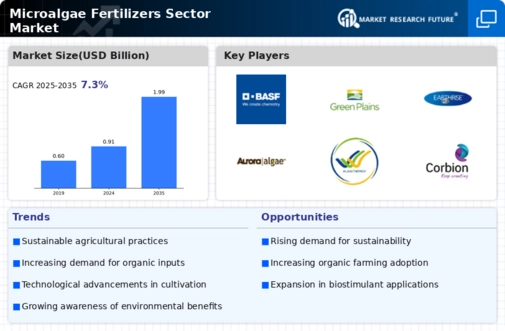
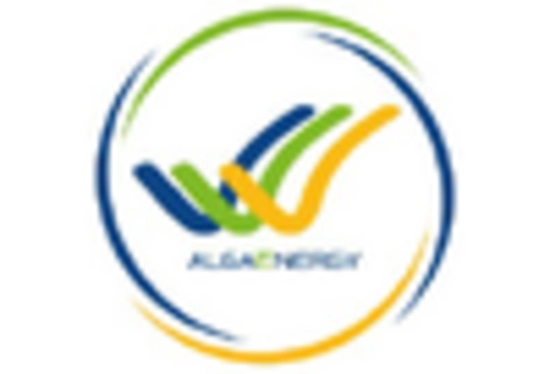
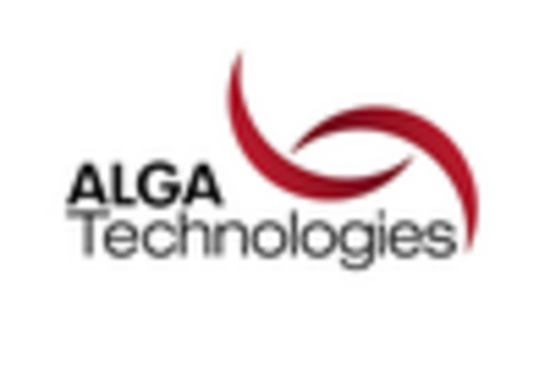
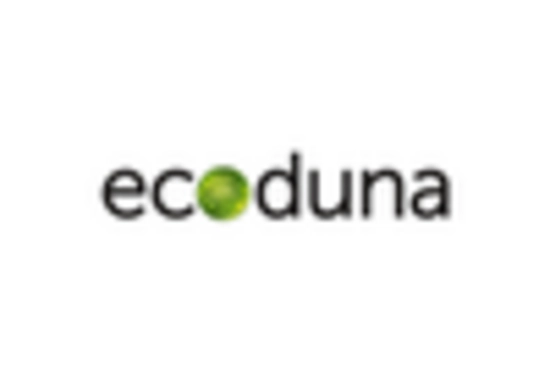
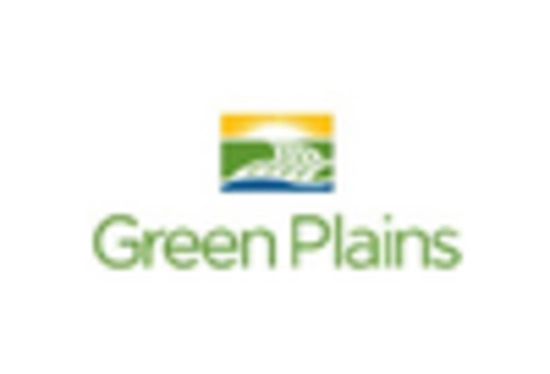
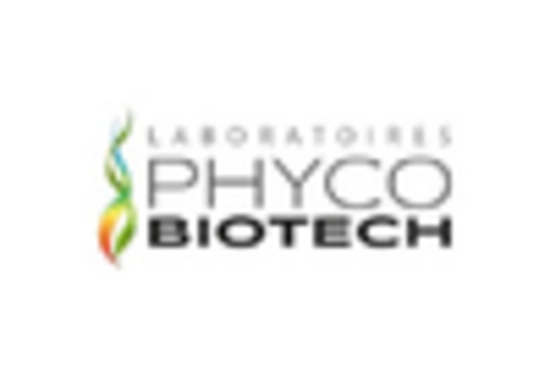
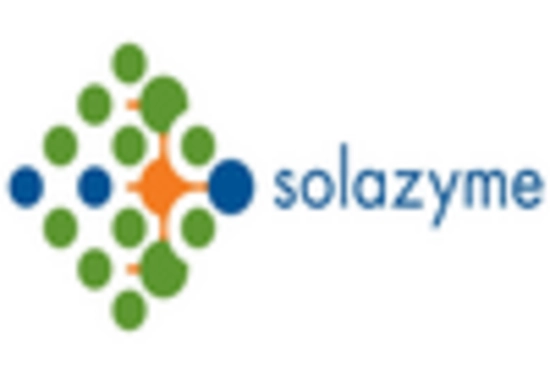








Leave a Comment